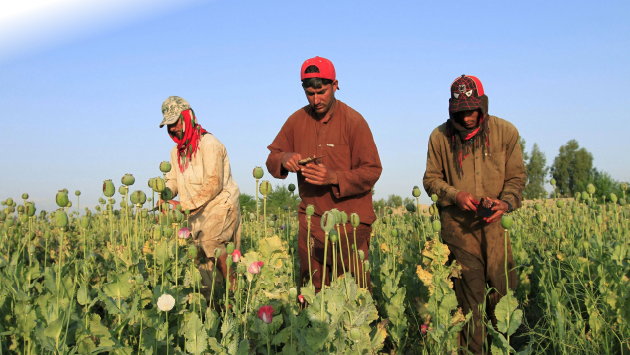KABUL - Deserts of southwest Afghanistan have changed dramatically over the last two decades, says a study conducted by a local think-tank.
The largely uninhabited land at the beginning of the 21st century became home to about 2.2 million people in 2016, said the Afghanistan Research and Evaluation Unit (AREU).
“What is more, this frontier area is located beyond the reaches of the Helmand and Farah rivers and the canal system that the Afghan state built to increase the taxable agricultural area,” the report said.
“Yet in 2016, there were 472,838 hectares of agricultural land, where there had only been 254,866 in 2008 and 143,060 in 2003,” the study found.
This expansion did not occur through state intervention or donor projects in the kind of large-scale irrigation works seen in the past.
Instead it resulted from households capturing and purchasing what had once been designated as “government land” and then investing in improved technologies.
Had it not been for the illicit opium crop, these developments would not have occurred, said the document, divided into five sections.
Section 2 outlines the methodology that provides a valuable and robust basis for examining illicit economies, particularly in remote and insecure locations.
Section 3 depicts how the geographic distribution of poppy cultivation in Afghanistan has emerged, consolidated and adapted to state-building and counter-narcotics efforts.
Section 4 focuses on the settlement of the former desert lands of the southwest. It uses the results of geospatial analysis and household interviews to chart the different patterns of settlement in the former deserts of Helmand and Bakwa. (Pajhwok)
Home » Afghanistan » Southwestern Afghan Deserts Become Home to 2.2m
Southwestern Afghan Deserts Become Home to 2.2m

